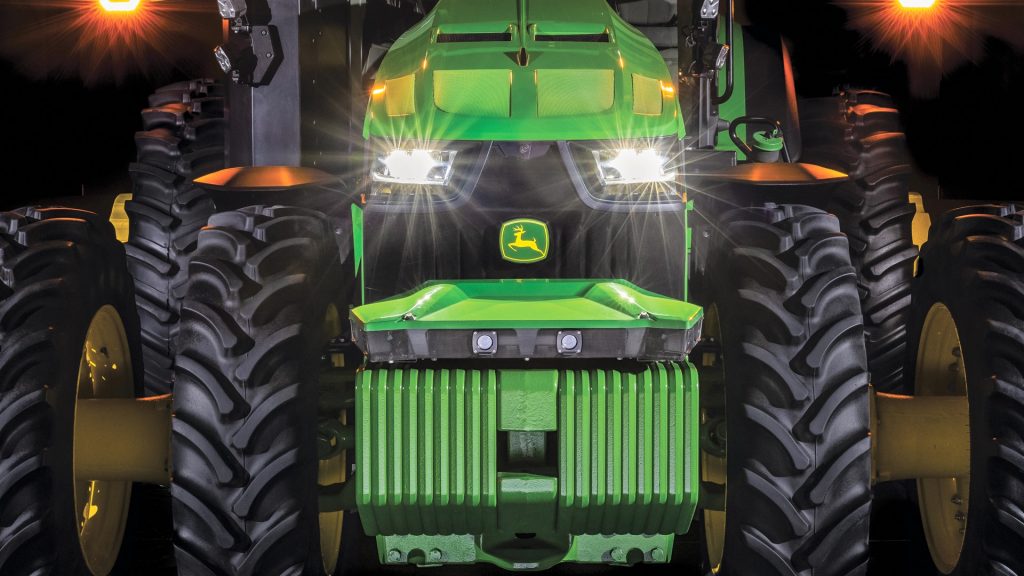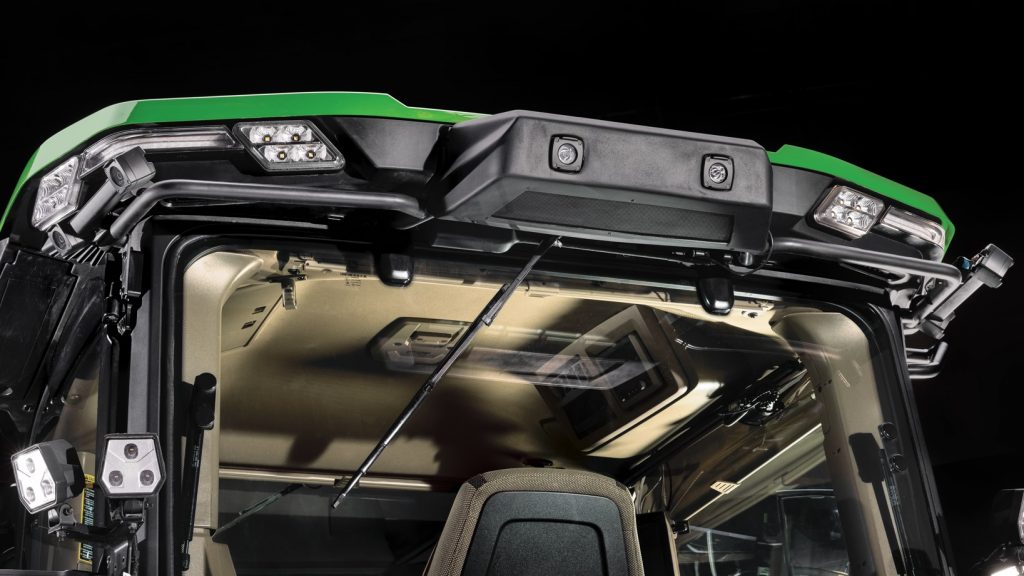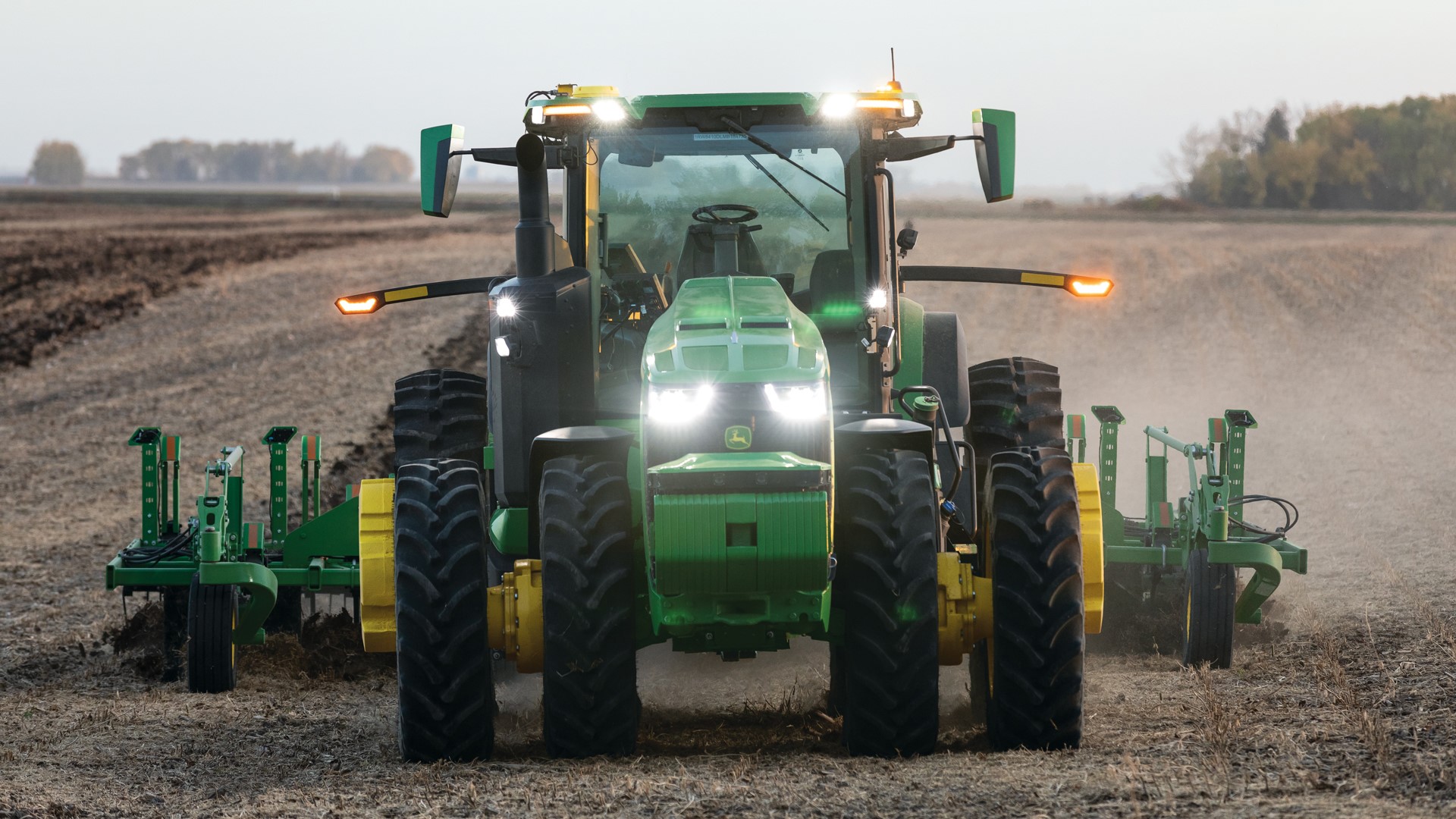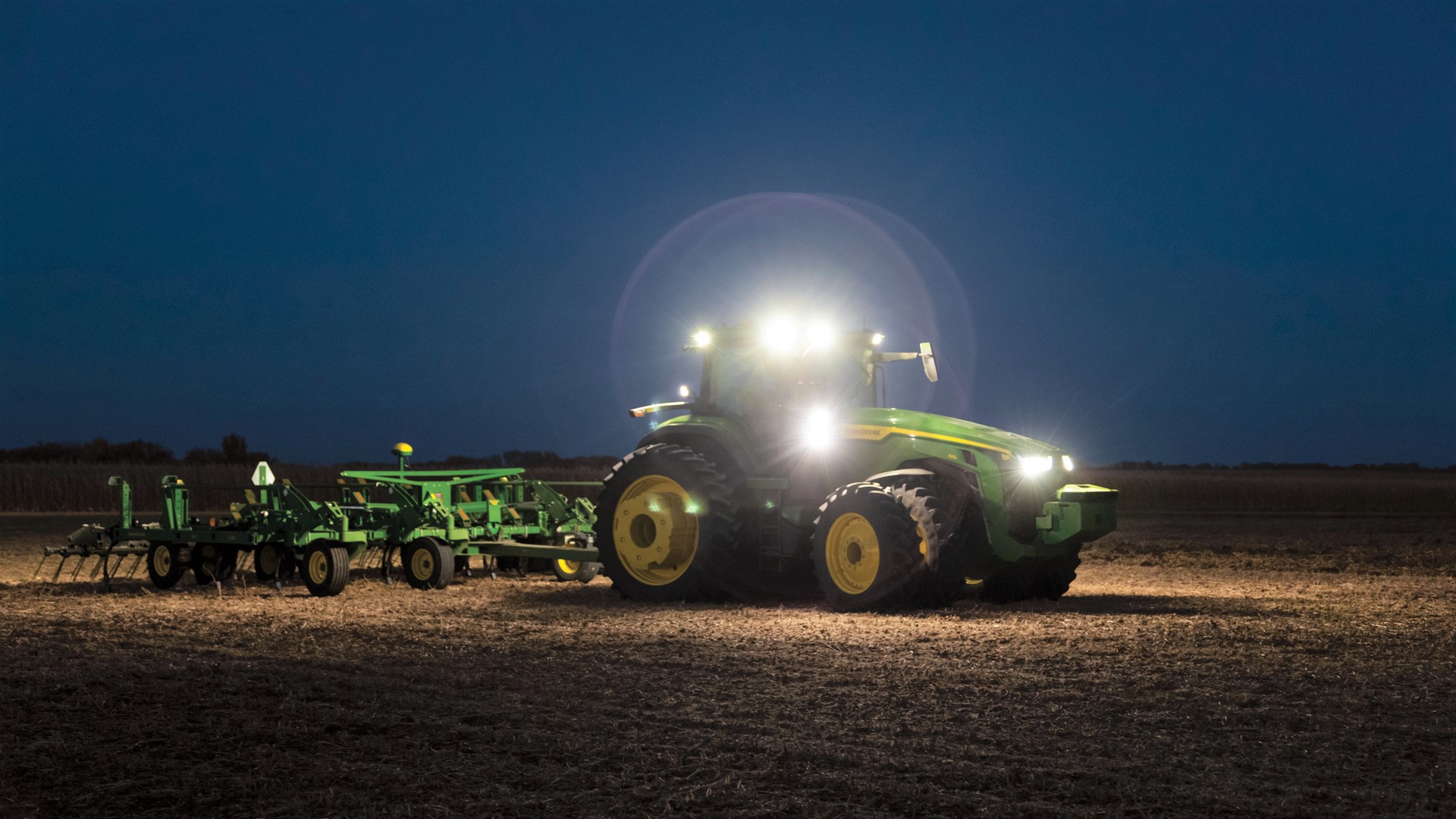
John Deere has been named a CES 2023 Innovation Awards Best of Innovation honoree in the Robotics category, and an honoree in the Vehicle Tech & Advanced Mobility category for its fully autonomous tractor. This is the fourth consecutive year John Deere has received an Innovation Award from the Consumer Technology Association (CTA) event. The announcement was made ahead of the world’s most influential technology event taking place January 5-8 in Las Vegas, NV, and digitally, during which John Deere Chairman and CEO John May will deliver a keynote.
John Deere’s autonomous tractor integrates technology such as cameras, artificial intelligence, other sensors, and ultra-fast Nvidia GPU processors to navigate through a field without an operator in the cab—helping customers be more efficient, productive, and profitable.
“Farmers never have a shortage of work to do on any given day,” said Jahmy Hindman, Chief Technology Officer for John Deere. “With our fully autonomous tractor, farmers have the flexibility to focus on the most pressing tasks within their operation while the machine handles what they don’t have time or labor to do. We continue to invest in autonomy and automation to support the important work our customers do every day.”
During a press conference at CES 2022, John Deere revealed the fully autonomous tractor that it said was ready for large-scale production. The machine combines Deere’s 8R Tractor, TruSet-enabled chisel plow, GPS guidance system, and new advanced technologies. The autonomous tractor became available to farmers late in the year.

Deere developed the autonomous tractor to help serve the specific purpose of feeding the global population expected by Virginia Tech’s College of Agriculture and Life Sciences to grow from about 8 billion now to nearly 10 billion people by 2050, which will increase the global food demand by 50%. It also expects that farmers will have to feed the growing population with less available land and skilled labor and work through the variables inherent in farming like changing weather conditions and climate, variations in soil quality, and the presence of weeds and pests. These factors impact a farmer’s ability to farm during the most critical times of the year.
The autonomous tractor, developed with John Deere’s independent subsidiary Blue River Technology, has six pairs of stereo cameras, which enable 360-degree obstacle detection and the calculation of distance. Images captured by the cameras are passed through a deep neural network that classifies each pixel in about 100 ms and determines if the machine continues to move or stops, depending on if an obstacle is detected. The autonomous tractor is also continuously checking its position relative to a geofence, ensuring it is operating where it is supposed to and is accurate to within less than 1 in (25 mm).


To use the autonomous tractor, farmers only need to transport the machine to a field and configure it for autonomous operation. Using John Deere Operations Center Mobile, they can swipe from left to right to start the machine. While the machine is working, the farmer can leave the field to focus on other tasks while monitoring the machine’s status from their mobile device.
John Deere Operations Center Mobile provides access to live video, images, data, and metrics, and it allows a farmer to adjust speed and depth. If there are any job-quality anomalies or machine-health issues, farmers are notified remotely and can make adjustments to optimize the performance of the machine.

